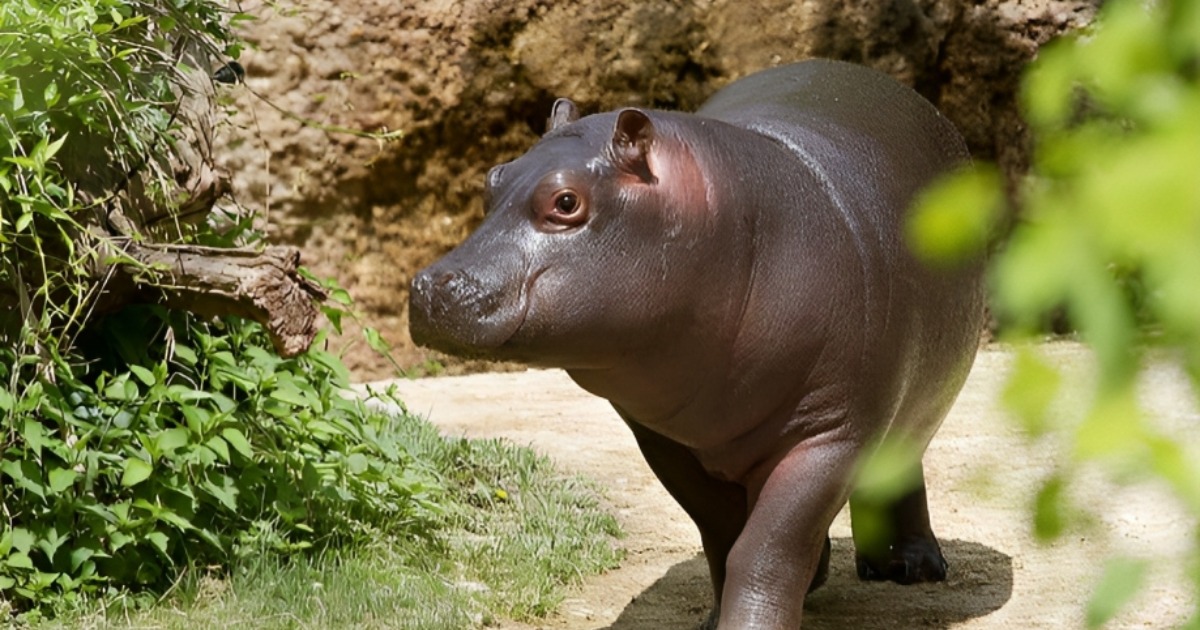What do you think of when you hear the word aggressive? Lions, tigers, and bears? While these are certainly some of the most dangerous animals in the world, not all aggressive animals have four legs and sharp teeth.
In fact, it’s surprising how many animals have just one goal: to kill as many other living creatures as possible!You might be surprised at the variety of creatures that fall into this category — or maybe you won’t!
Whatever the case may be, here are some of the most aggressive animals on Earth, so you can keep away from them!
Bull
It’s no secret that it’s dangerous to stand between a mother and her calf. That goes double for bulls. While most people typically think of aggressive bulls as something they run into while driving their truck through a field, aggressive bull behavior is more complex than just protecting their young.
It turns out bulls can become pretty irate if they feel territorial or provoked in any way. If a bystander enters an area that looks like it could be bull territory (for example, walking down a road where there is an open field on both sides), then chances are good that he or she will get charged by an angry bull sooner or later.
This makes areas with lots of open space prime candidates for vehicle accidents involving animals—and angry ones at that!
Hippopotamus
Many people think of hippopotamuses as calm animals that spend their days wandering around lakes and rivers in Africa. While they do have a reputation for being rather docile, they’re also some of Earth’s most aggressive creatures.
At full speed, a hippo can be hard to outrun—in fact, it has been described as the fastest over short distances of any animal in Africa.
If confronted by an aggressive male protecting its territory or female while giving birth or nursing young, there is little chance of escape—and people who come face-to-face with a belligerent hippo often pay with their lives.
Rhinoceros
The rhinoceros is one of Africa’s most notorious animals and is also one of its most dangerous. With a temper that matches its enormous size, it can charge and attack when threatened. Many people have died as a result of attacks by these 1-ton beasts.
Rhinos use their horns as lethal weapons against everything from lions to humans who threaten them.
Luckily for us (well maybe not so much for those rhinos), African white rhinos are typically pretty docile creatures—but that doesn’t mean we’d ever want to get too close.
There have been plenty of accounts where aggressive interactions between rhinos and humans have ended with someone getting killed.
Elephant
As large as they are, elephants can be quite aggressive. They’re one of Africa’s most aggressive animals—and for good reason.
Elephants have been known to destroy property and even kill people when provoked. During an encounter with humans or other animals, elephant males will emit loud calls that both frighten other animals away and attract females in estrus (which is right after their menstrual cycle).
But it doesn’t take much of a provocation for an elephant to feel threatened. In fact, some researchers believe elephants were responsible for destroying Stonehenge because they mistook it for another animal’s bones when they first came across it. It turns out that elephants don’t like spiky things!
Crocodile
A crocodile is one of nature’s most aggressive animals and can be very dangerous. They are known for killing hundreds of people each year.
It’s not just Africa’s fiercest animals that have earned their reputation as some of nature’s most aggressive predators.
Many people (particularly in Australia) know all too well about crocodiles and their predatory prowess.
These animals can grow up to 20 feet long and weigh more than 2,000 pounds–easily capable of snatching a child (or even an adult) whole. If you’ve ever wondered which animals are most likely to kill a human.
crocodiles kill their prey in several different ways such as drowning it, then waiting for it to drown, and then eating it or tearing out its legs first so that they can’t escape before attacking again.
consider adding crocs and other large reptiles (alligators included) to your list.
Great White Shark
The Great White Shark is widely considered one of – if not the most aggressive animal in existence. In fact, attacks on humans are so common that The University of Florida runs a Shark Attack File just about every year since 1580.
While most shark attacks don’t result in death (only 5% do), they can cause massive injuries and leave victims with lifelong psychological trauma. For example, consider American Cliff Diver John Fitz Fitzgerald who was attacked by a great white during a surfing competition in February 2016.
Even though he sustained no visible wounds after being bitten on his lower legs and buttocks while floating on his surfboard; Fitz still struggles with an array of mental disorders that were triggered by being mauled by an aggressive great white shark… Yikes!
Killer Whale
These dolphins may be cute and cuddly-looking when swimming on your favorite television show or marine park, but in real life, they can be very aggressive.
According to National Geographic’s account of an incident that occurred in 2005, a 15-foot killer whale bit off its trainer’s foot—yes his foot—at SeaWorld Orlando.
Apparently, there is no standard operating procedure in place for how one deals with losing a limb during an animal performance; instead of putting on a brave face and calling for backup like most professionals would do if they suffered such a serious injury on set, Dawn Brancheau panicked and ran around screaming for help.
As strange as it sounds, she continued her show until she collapsed less than five minutes later from blood loss.
As a top marine predator, Orcas have few predators of their own. These cetaceans hunt in groups known as pods and use echolocation to track down seals and other prey animals—and they’re quite good at it.
They can dive up to 1,600 feet deep, covering more than 100 miles in a single day (particularly impressive when you consider they normally travel just 3–6 miles per day).
To keep warm in cold water temperatures where they live most of their lives (between 53°F-70°F), Killer Whales also have 60% of their body mass as fat.
Hyena
Along with being one of Africa’s most fearsome predators, hyenas are also known for their bone-crushing jaws. These massive beasts have been known to break open full-grown elephants’ bones and suck out the marrow. And when it comes to humans, they’re fearless—and hungry.
This is an animal you do not want on your trail or in your camp while sleeping at night (which means that fear of hyenas is normal).
Luckily for us, they’re not commonly found in any populated areas and prefer solitude as opposed to attacking humans unless provoked (to protect their young). Still…be afraid.
Be very afraid. The hyena could be considered Africa’s most dangerous creature simply because it’s more common than other more aggressive animals like crocodiles or lions.
King Cobra
The king cobra is considered one of the most dangerous snakes in the world due to its tendency to attack without warning and with enough power to kill a person. There have been many instances of death by a king cobra.
It has a strong neurotoxin which is injected directly into its victims through its long hollow fangs. The potent venom can cause death within hours if left untreated. They have constrictor muscles that stretch up to six feet and they use their hood as a warning sign.
Often times they will lift their hood while hissing loudly when they feel threatened or aggressive towards an intruder who gets too close.
Be careful not to get too close because that could result in a fatal strike from these animals- most especially during mating season which generally occurs between April and June.
Box Jellyfish
The Box Jellyfish is considered one of Earth’s most dangerous animals. It has millions of nematocysts (cells with harpoon-like barbs that inject venom) along its body which contain neurotoxins that can kill a person within minutes if he or she is stung.
The Box Jellyfish even made it into Ripley’s Believe It or Not for holding on to its title as the world’s most venomous creature for 25 years in a row after it was first listed in 1980.
A group of jellyfish known as Chironex fleckeri earned a Guinness World Record when they were found to be responsible for 68 human deaths since 1954 when they attack people who swim in waters off northern Australia.



